Your cart is currently empty!
Harvard Art Musuems at Night Bathe Crowd In Glimmer Of Light
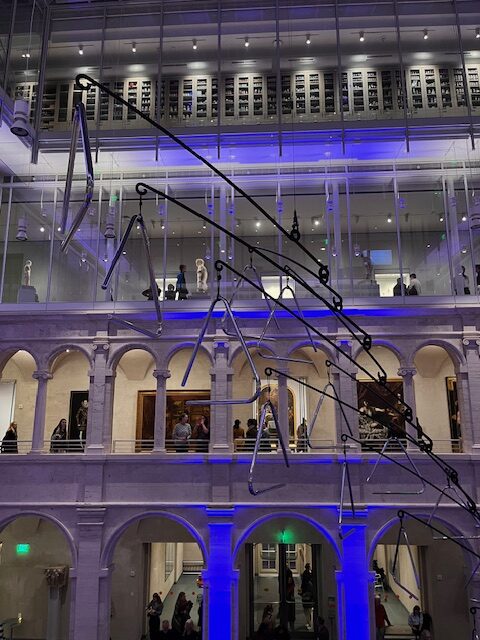
On the last Thursday of every month, the Harvard Art Museums opens its doors for a free nighttime event. From 5-9PM, visitors can explore the mutli-level galleries and congregate in the courtyard for food and drinks.
Thursday, January 30 marked the museums’ most recent evening opportunity. The courtyard was bathed in a royal blue glow. Oversized triangles hung from the rafters, making guests wonder where they could find a ladder and a beater to play the percussive instruments.
The Harvard Art Museums expanded and renovated the building in 2014 to combine the Fogg Museum, the Busch-Reisinger Museum, and the Arthur M. Sackler Museum into one facility. Renzi Piano, one of the project heads, said “I see an open and inviting building, flirting with light. This creates curiosity, which is often the beginning of a cultural attitude. In this building, diversity becomes a value; a place for urbanity.”
The Fogg Museum features works of mixed media, oil, and much more. The Thief is a mixed media collage on canvas by French artist Jean Dubuffet.
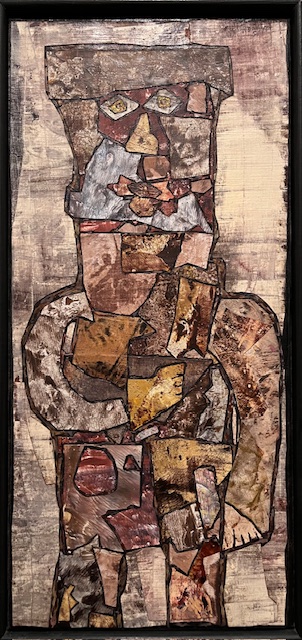
The piece utilizes earth tones implemented in a mosaic style. The figure appears ravaged by wartime atrocities of World War II.
Hunger March is a true fresco by American artists Lewis B. Rubenstein and Rico Lebrun.
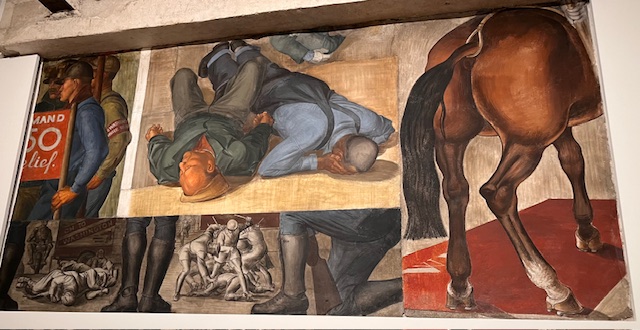
The fresco is a montage of scenes pulled from newspapers depicting unemployed workers and World War I veterans fighting for federal relief. Police and military respond to the protests with violence.
Flaghole, Apple Tree, and Garden is an oil and wax emulsion on canvas by American artist Arthur G. Dove.
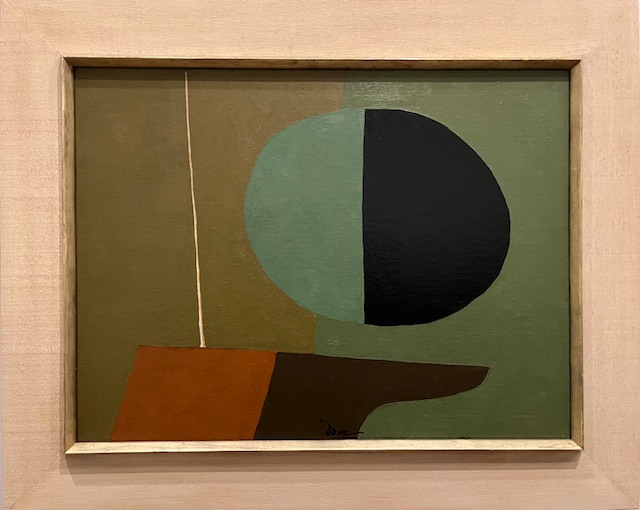
The work is nonrepresentational art in which elements taken from nature and the urban landscape are abstracted into hard-edged forms.
The Arthur M. Sackler Museum features photo murals, textiles, mold-blown glass, and more. The Photo Mural: Reproduction of the south wall of Mongao Cave 320 includes sections of a wall painting Bodhisattva surrounded by a monk and devas along with Attendant bodhisattva.
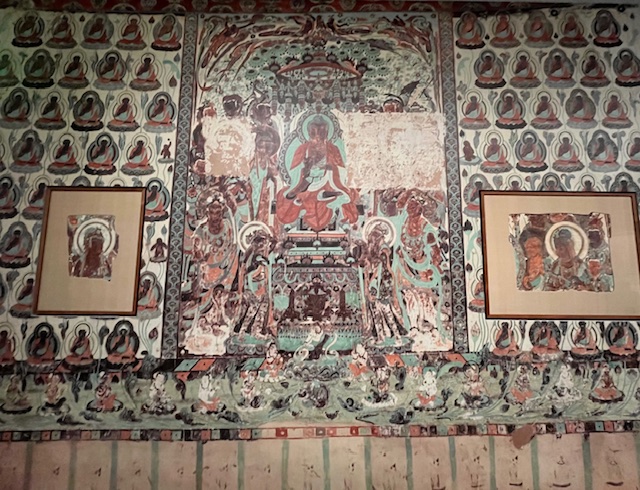
The wall painting stems from the Tang Dynasty in 7th Century China. The south wall pictures the historical Buddha Shakyamuni under a tree with four celestials flying overhead. The Buddha preaches to disciples, bodhisattvas, and the Eight Devas and Dragons. Nearby, a dancer and musicians perform on lotuses. Shattered and Garden Carpet are intentionally paired to evoke an idyllic garden scene.
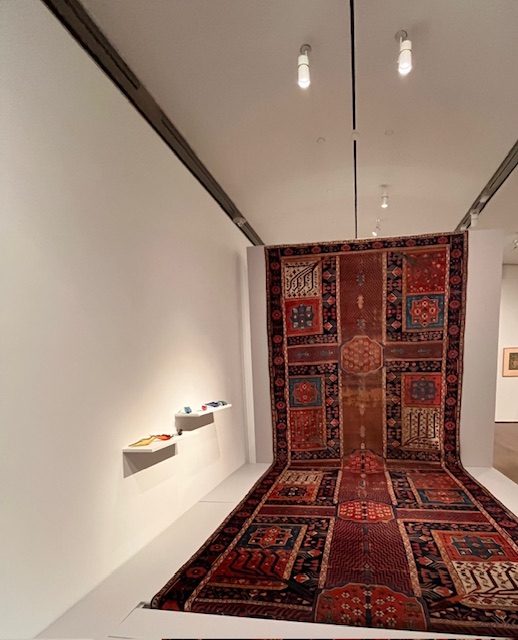
Shattered is an installation of multi-colored bird figures by Turkish artist Feleksan Onar. Birds are often mentioned in Islamic art and literature with their emotional songs, vibrant colors, and graceful flight adding to the beauty of gardens. Their gold lines symbolize the healing that occurs after natural disasters. Garden Carpet is composed of cotton warp, wool weft, and pile from Iran in the 18th century. The textile includes flowering trees, various plants, and swimming fish to create a lively garden scene. The Persian rug elicits a sensation of soft grass under feet and would have been placed in a palace or tomb.
The courtyard provides a central grounding. Charles Klee AIA, a project head for the Harvard Art Museums renovation and expansion, said “the building uses the central courtyard as an organizing tool to make sure you’re never lost.” As visitors walk through the collections, the courtyard is a glimmer of light to remind one of the rich history of Cambridge and the beauty not only in the galleries, but within the infrastructure.
For more information on the Harvard Art Museums, visit https://harvardartmuseums.org/.